If you’d like to read more about some aspect of late-eighteenth century Philadelphia or the early Federalist period, Patriots & Poisons Booklist is a somewhat extensive but varied list of possible suggestions for further reading.
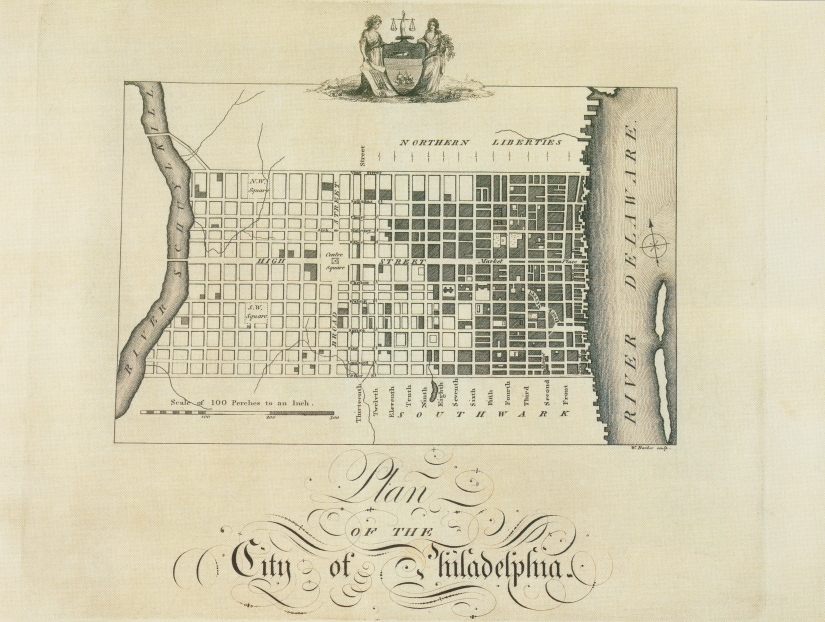
If you’d like to read more about some aspect of late-eighteenth century Philadelphia or the early Federalist period, Patriots & Poisons Booklist is a somewhat extensive but varied list of possible suggestions for further reading.
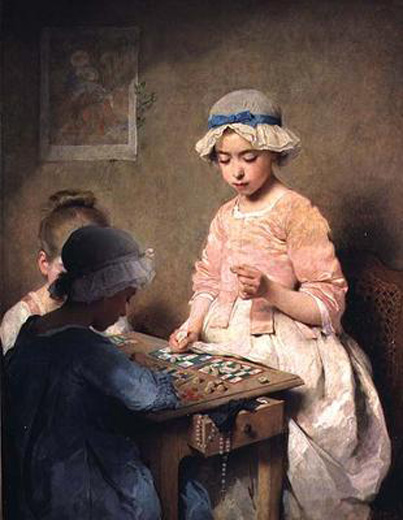
Colonial and Revolutionary Virginia – A few of the many
additional resources for education and fun

Websites
http://www.history.org/kids/index.cfm– Colonial Williamsburg’s “Kids Zone”- lots of fun things.
http://www.mountvernon.org/educational-resources/for-students – Mount Vernon’s website pages for students includes videos, searchable digital encyclopedia, virtual tour.
http://www.gunstonhall.org/index.php/education-research/teachers – From Gunston Hall, fun activities and lesson plans about George Mason, the Bill of Rights, and aspects of 18th century life.
http://www.monticello.org/ – The website of Monticello, home of Thomas Jefferson, has enormous detail on Jefferson and his times.
Historical Fiction
Amanda’s Secret – living on a plantation near Williamsburg, twelve-year-old Amanda is excited to be going to her very first Twelfth Night Ball.Little does she know, however, that her life is about to change forever – a twelfth night charm and a spiteful servant send her on a quest to find out the truth about her past, a secret that’s been hidden from her all along.
Caesar’s Story: 1759 – part of the Colonial Williamsburg Young Americans Book Series, this tells the story of young Caesar, a slave, who wants to be with his family but when the master selects him to be a personal servant in the big house, Caesar has to obey. Others in the series – Nancy’s Story: 1765, Will’s Story: 1771, John’s Story: 1773, Maria’s Story:1775
Meet Felicity – in the first of the American Girl Felicity series, Felicity falls in love with a horse and names her Penny. But Penny is owned by a cruel man who beats his animals. When Penny’s life is in danger, Felicity knows she must help.
Shadows in the Glass House – part of American Girl’s History Mystery series, this tells the story of twelve-year-old Merry Shipman, kidnapped from the streets of London and taken to the Jamestown Settlement in 1621. She’s put to work making glass – the most magical thing she’s ever seen. Problems arise, however, when a midnight intruder makes trouble and tries to frame her only friend.
The Sign of the Beaver – Although he faces responsibility bravely, thirteen-year-old Matt is more than a little apprehensive when his father leaves him alone to guard their new cabin in the wilderness. When a renegade white stranger steals his gun, Matt realizes he has no way to shoot game or to protect himself. When Matt meets Attean, a boy in the Beaver clan, he begins to better understand their way of life and their growing problem in adapting to the white man and the changing frontier.
More reading ideas from educational & library booklists-
http://www2.punahou.edu/Libraries/bishop/HistoricalFictionBookLists.htm
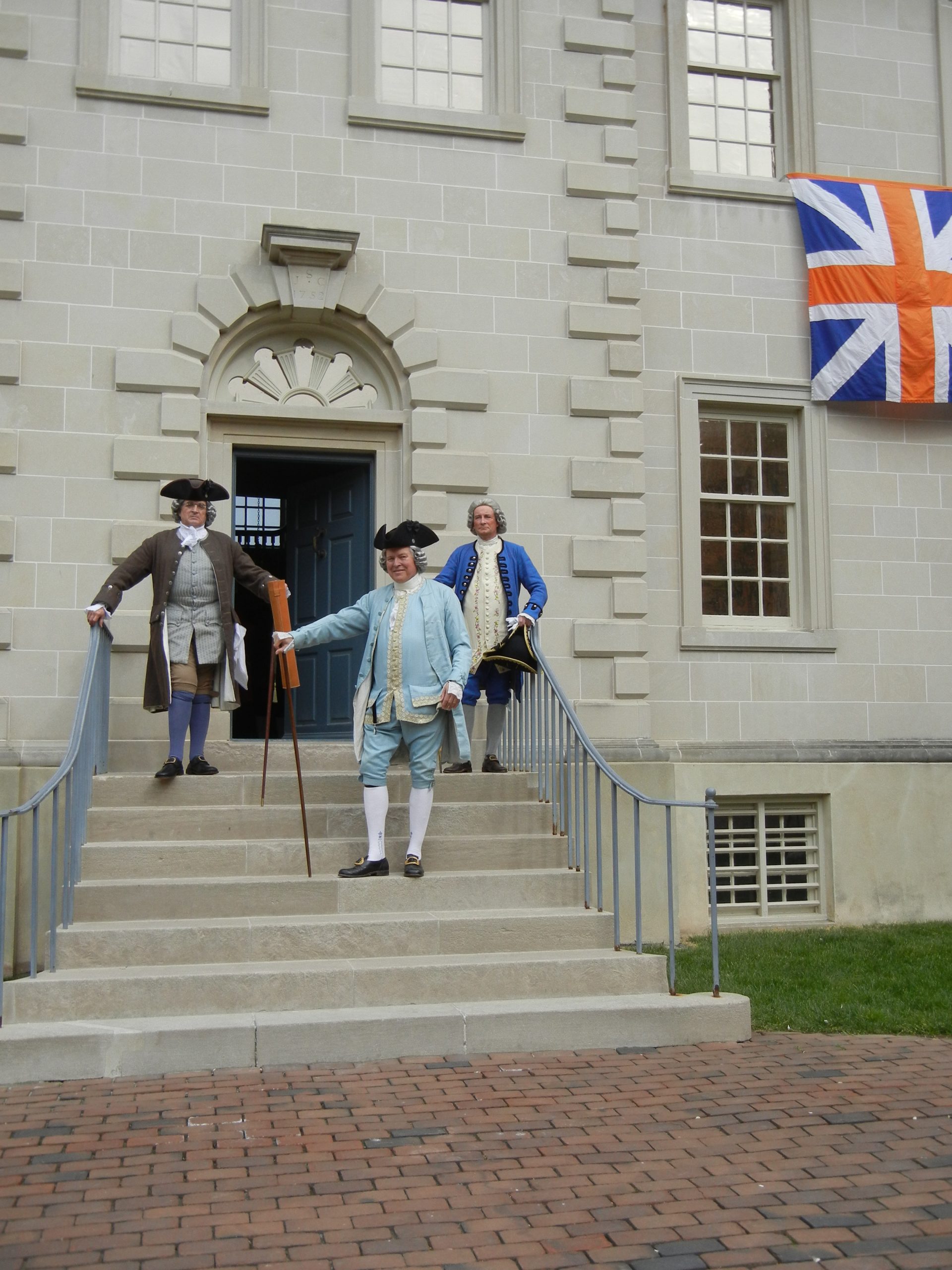
In Virginia
Historic Christ Church, Irvington (their website also has a great collection of links to other historic sites and organizations in Virginia!)
Claude Moore Colonial Farm, McLean
Fredericksburg historic properties, downtown
Gadsby’s Tavern Museum, Alexandria
George Washington’s Birthplace, Westmoreland County
George Washington’s Ferry Farm, Fredericksburg
James Madison’s Montpelier, Orange
Kenmore Plantation, Fredericksburg
Mary Ball Washington Museum, Lancaster County
Mount Vernon, Highway Mount Vernon
Stratford Hall, Westmoreland County
In Maryland
In the District of Columbia
Smithsonian Museum of American History
In Philadelphia
Museum of the American Revolution
Physick House, Powel House, and others
Many other sites (listing)
Note – this page is in progress – feel free to submit additional suggestions!
More than you ever wanted to know – and then some!
The People
Brodsky, Alyn, Benjamin Rush, Patriot and Physician
Alberts, Robert C., The Golden Voyage: The Life and Times of William Bingham
Bendini, Silvio A., Thomas Jefferson, Statesman of Science
Carlyle, Edward Irving, William Cobbett: A Study of His Life as Shown by His Writings
Clarfield, Gerard H., Timothy Pickering & American Diplomacy
Clark, Mary Elizabeth, Peter Porcupine in America: the career of William Cobbett, 1792-1800
Conkin, Paul, “The Religious Pilgrimage of Thomas Jefferson,” in Jeffersonian Legacies, Peter S. Onuf, ed.
Corner, George W., ed., The Autobiography of Benjamin Rush
Binger, Carl, Revolutionary Doctor, Benjamin Rush (1746-1813)
Holton, Woody, Abigail Adams, A Life
McCullough, David, John Adams
Malone, Dumas, Jefferson and the Ordeal of Liberty
Maxey, David W., A Portrait of Elizabeth Willing Powell
Mitchell, Stewart, New Letters of Abigail Adams 1788-1801
Rush, Benjamin, The Autobiography of Benjamin Rush
Smith, Edgar, James Woodhouse, a Pioneer in Chemistry
Smith, Page, John Adams
Tagg, James, Benjamin Franklin Bache and the Philadelphia Aurora
Wiencik, Henry, An Imperfect God: George Washington, His Slaves, and the Creation of America
The Politics
Baker, Richard Allen, The Senate of the United States: A Bicentennial History
Dauer, Manning J., The Adams Federalists
De Conde, Alexander, The Quasi War, The Politics and Diplomacy of the Undeclared War with France, 1797-1801
Swandstrom, Roy, The United States Senate 1787-1801
White, Leonard, The Federalists, A Study in Administrative History 1789-1801
The Pirates
Baepler, Paul, White Slaves, African Masters, an Anthology of American Barbary Captivity Narratives
Fremont-Barnes, Gregory, The Wars of the Barbary Pirates
Kitzen, Michael, “Money Bags or Cannon Balls: The Origins of the Tripolitan War, 1795-1801,” in Journal of the Early Republic, Vol. 16, No. 4 (Winter, 1996), pp. 601-624
Lambert, Frank, The Barbary Wars – American Independence in the Atlantic World
Wilson, Gary E., “American Hostages in Moslem Nations, 1784-1796: The Public Response,” Journal of the Early Republic, Vol. 2, No.2 (Summer, 1982), pp. 123-141
Philadelphia
Dillon, Clarissa, So Serve it Up: Eighteenth-Century English Foodways in Philadelphia
Hines, Mary Anne, Marshall, Gordon & Weaver, William Woys, The Larder Invaded: Reflections on Three Centuries of Philadelphia Food and Drink
Nash, Gary B, Forging Freedom, The Formation of Philadelphia’s Black Community, 1720-1840
Obertholtzer, Ellis Paxon, Philadelphia: a History of the City and Its People
Perkins, Bradford, “A Diplomat’s Wife in Philadelphia: Letters of Henrietta Liston, 1796-1800,” 11 William and Mary Quarterly 592 (1959)
Pollock, TC, Philadelphia Theater in the 18th Century
Roberts, Kenneth and Anna, trans. and eds., Moreau de St. Méry’s American Journey [1793-1798]
Scharf, J Thomas and Thomson Westcott, History of Philadelphia 1609-1884
Sherrill, Charles H., French Memories of Eighteenth Century America
Smith, Billy G., Life in Early Philadelphia – Documents from the Revolutionary and Early National Periods
Smith, Billy, The Lower Sort, Philadelphia’s Laboring People
Thompson, A Social History of Philadelphia’s Taverns
US Department of Interior, History of the City Tavern
Watson, John Fanning, Annals of Philadelphia
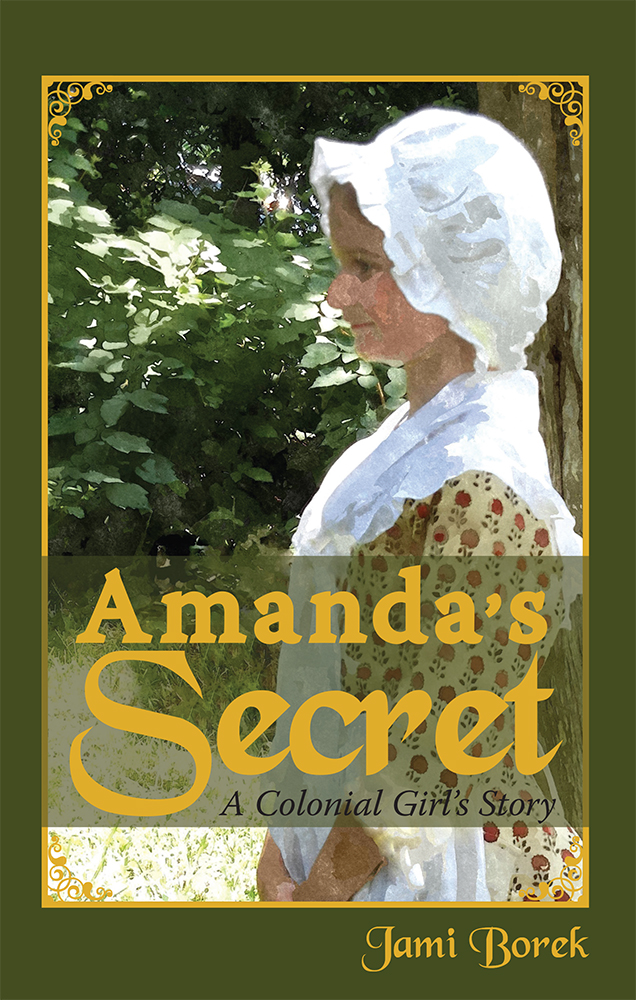

Twelve year old Amanda seems to have everything any girl could ask for — a nice plantation home just outside of Williamsburg, loving parents, even a brand-new grown-up ball gown for the upcoming Twelfth Night ball. It’s like a dream — and like a dream, she will all too soon awaken. Little does she know, the ball will be the last night of life as she’s known it, when a mean-spirited servant reveals a shocking secret about her past.
Amanda’s Secret is a heartwarming story especially designed for girls 8-12, but appealing to readers of all ages. Now available on Amazon for Kindle and in paperback, as well as for Nook and iPad.
As an orphan, a servant, and worst of all, a girl, Amelia’s dreams weren’t very realistic for 1771 Virginia, but that wasn’t going to stop her. A sudden move from Fredericksburg to Colonial Williamsburg, however, brings drastic changes that upset her hopes and plans.
Amelia’s Dream: A Colonial Girl’s Adventures, the sequel to Amanda’s Secret, is available online in paperback from Amazon and Barnes & Noble, or ask for it at your favorite bookstore. Available wholesale from Ingram distributors or directly from Shrewsbury Press. For direct sales, books signed by the author, and book signings, contact: info@shrewsburypress.com. ISBN 978-0991536658 (print) and 978-0991536641 (ebook).
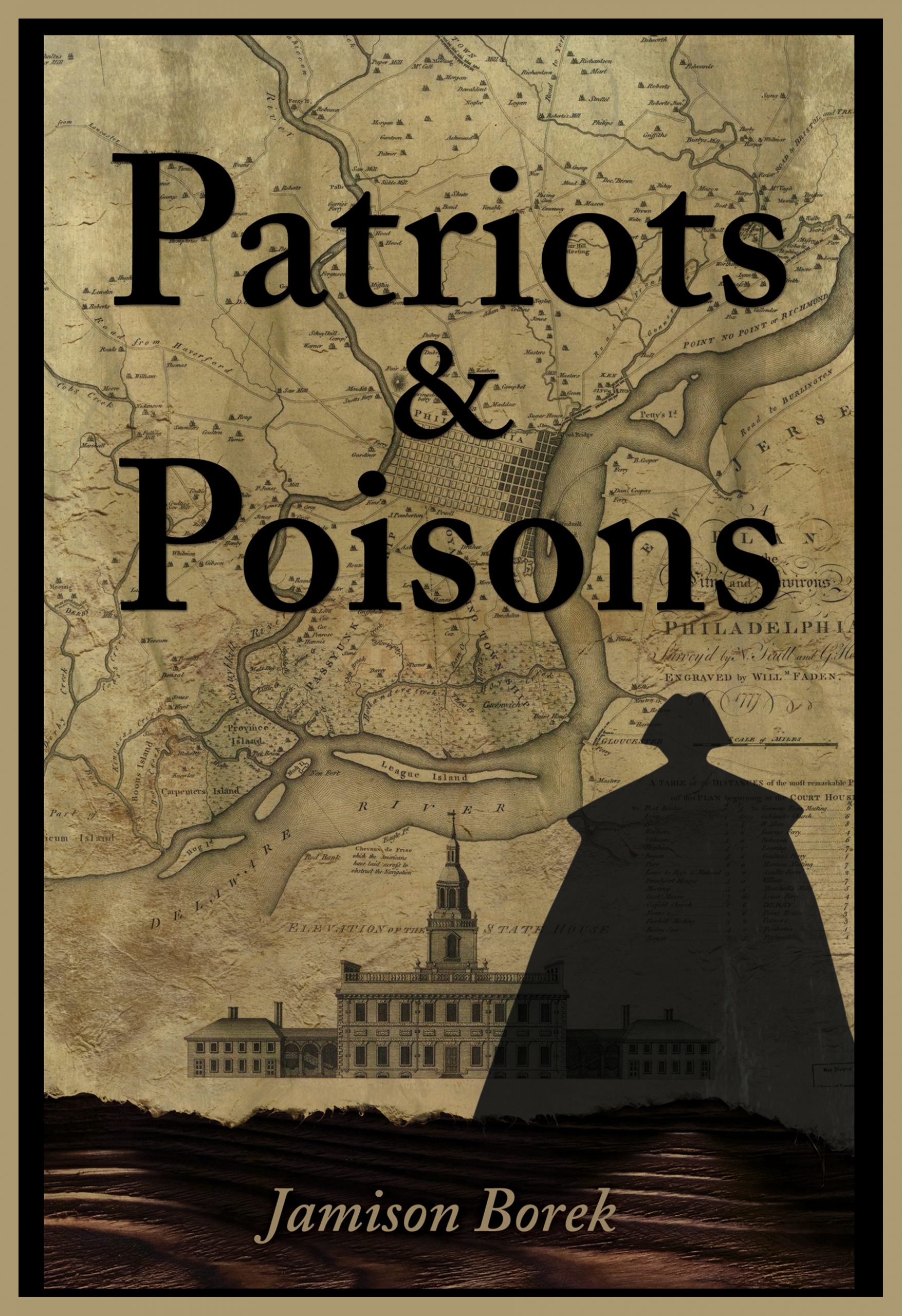
Is John Adams trying to murder Thomas Jefferson? Shocking allegations are being made in the wake of a waiter’s death at George Washington’s farewell dinner — that Jefferson was the intended victim instead of the waiter, the target of a deadly political assassination plot.
As the United States slides toward chaos and civil war, Senator Jacob Martin races against time to find the answers, in order to save the nation, his own precarious future, and the woman he loves.
Patriots & Poisons, an engaging mystery full of historically accurate and vivid detail, takes you back to 1797 Philadelphia, a critical time in United States history when people could still ask the question seriously, whether declaring Independence was a terrible mistake.
Now Available in paperback and for Kindle!
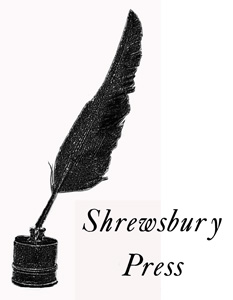 The Shrewsbury Press specializes in 18th century historical fiction that combines entertaining stories with authentic historical detail. Current publications include Amanda’s Secret, Amelia’s Dream, and Patriots & Poisons.
The Shrewsbury Press specializes in 18th century historical fiction that combines entertaining stories with authentic historical detail. Current publications include Amanda’s Secret, Amelia’s Dream, and Patriots & Poisons.
The following books and websites, listed in no particular order, offer a wide range of useful information for 18th century reenacting and are well worth exploring. And don’t forget Pinterest if you’re looking for period examples of things, both extant objects and period paintings.
Useful Websites
Colonial Williamsburg’s Educational Site — now separate from the more commercial “see Colonial Williamsburg” website, www.history.org is full of information.
Eighteenth Century Notebook — linked elsewhere on specific pages, this site has extensive links to extant items.
Eighteenth Century Material Culture Resource Center on Scribd — has an extensive collection of articles which can be printed or downloaded, covering a wide range of subjects and interests – shoes; shaving, wigs, and hygiene; money; romance and sex; British camp life; etcetera, etcetera, etcetera!
Metropolitan Museum Online Publications — The Metropolitan Museum of Art has put a number of their publications online – e.g., fencing books, musical instruments, paintings, and many different books on fashion. These also can be downloaded for future reference.
The Andromeda Project by Jack Lynch at Rutgers — described by the author as all the “significant and reliable Internet resources I’ve been able to discover that focus on the (very long) eighteenth century . . . .information on literature, history, art, music, religion, economics, philosophy, and so on, from around the world, as well as the home pages of societies and people who work on eighteenth-century topics.”
The Bodleian Digital Collection – explore the digital archives of this famous library through its new online portal.
Blogs
There is a wealth of really interesting blogs out there, many dealing with fashion but other subjects as well. We can’t hope to do them all justice, but here (in no particular order) are a few we’ve enjoyed. Some of them are multi-period but they’re all historical.
Reconstructing History (by a clothing pattern-maker)
Sifting the Past — Another useful creation of Jas Townsend, this blog offers period artwork helpfully tagged for items of material culture
Books
Albion’s Seed, David Hackett Fischer — a cultural history of four different sets of British immigrants to Colonial America.
Journal and Letters, Philip Vickers Fithian, edited by John Rogers Williams — the journal of a divinity student from Princeton who worked as a tutor for Robert Carter III from 1773-1774 at Nomini Hall in Virginia. (L:ink is to digital version at Library of Congress, also available from booksellers.)
Eighteenth Century English as a Second Language, by Cathy Heller – derived from Colonial Williamsburg training materials, it includes detailed information on grammar and usage and even CDs!
Google Books — Google has digitized myriad books on all sorts of subjects. For us, this is often a first stop in online research for textual material. Many 18th and 19th century books are available in full, since they’re out of copyright. For the contemporary ones, you’re likely to get only a sample, but it’s text-searchable so you can get an idea of whether the book is worth finding.More to come – check back often!
If you have a tested and tasty authentic receipt (adapted to modern measurements and instructions) that you think would be useful for others, please feel free to submit it via the “Contact Us” form. Please authenticate it by reference to a period source where the original receipt (or something equivalent) can be found. We can’t promise to post every single submission, but we’ll try, with some editorial discretion to avoid duplication, to add as many as we can. (All posted receipts will be credited to those submitting them, unless you request otherwise.)
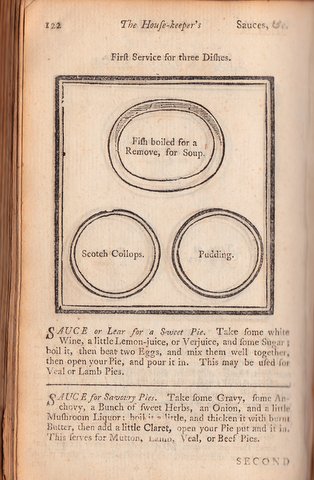
Whether cooking over a camp fire or preparing treats for a banquet or ball, it can be handy to have authentic period recipes — or receipts, as they were called — that are presented in a more comprehensible modern format, with clearer instructions and measurements but without sacrificing authenticity. 
Many period cookbooks can be found online. Here are some useful links – and Google books offers others.
Savoring the Past – 18th and early 19th century cookbooks
Winterthur Digital Collections — recipe books from 1600s to 1900s
Feeding America Online – late 18th century onwards
The Cookbook of Unknown Ladies – “Curious recipes and hidden histories from Westminster City Archives” includes among many other receipts one for haggis and another for a lovely cake.
Larsdatter links to Cookbooks – more 18th century cookbook links on 18th Century Notebook
Jas Townsend has a collection of period cookbook reprints
Searchable links to 18th and 19th century cookbooks on Savoring the Past.
A Book of Cookery, a modern publication, is a handy compendium of receipts from different period cookbooks
For historic receipts written in a present-day style, the Historic Foodways component of Colonial Williamsburg has transformed many original receipts into useful modern ones.
For 17th century recipes (often antecedents of 18th century dishes and interesting to compare), check out the website Gode Cookery.
Here are a few other useful receipts that have been tested by us or knowledgeable friends.
Additional contributions are welcome. (See – Submitting Receipts.)
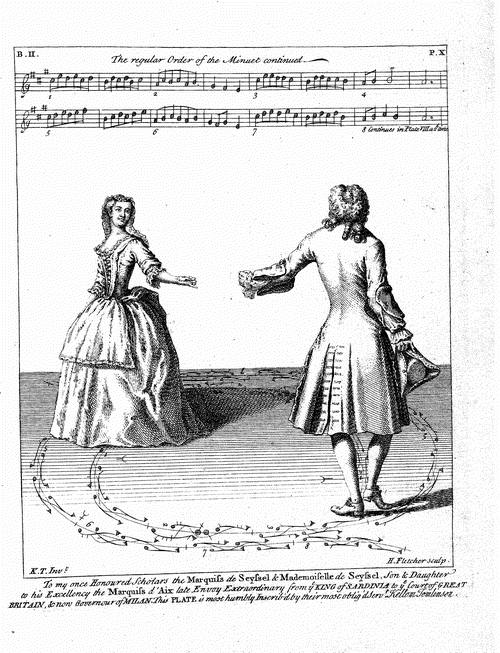
 Minuets were a customary opening for an 18th century American ball. They were danced by one couple at a time, beginning usually with the most important personages. This must have led to dilemmas for those later in the sequence, since the minuet is ultimately a dance for showing off. What are the consequences of upstaging the earlier couples who are more important than you?
Minuets were a customary opening for an 18th century American ball. They were danced by one couple at a time, beginning usually with the most important personages. This must have led to dilemmas for those later in the sequence, since the minuet is ultimately a dance for showing off. What are the consequences of upstaging the earlier couples who are more important than you?
The best overall resource at present for learning and practicing minuets (apart from a proper dance instructor) is Minuets for Dancing, by Charles Cyril and Frances C. Hendrickson — this version, with the CD. The booklet contains general instructions for the minuet step, geography, and deportment, as well as the music and figures for 12 minuets. The CD contains performances of 11 minuets along with music for practicing the steps.
Practicing the steps is of essential importance – to learn the minuet, the first thing is to practice the steps over and over and over, until they are second nature, in parking lots and at odd moments throughout the day. Only then can you focus your full attention on the rest of the minuet. Music is helpful, but you can practice the steps at any time by counting to yourself. (“ONE two three FOUR five six, ONE two three FOUR five six, ONE two three . . . “)
Like the Tango, a minuet is an intensely romantic dance that relies on relatively simple movements, but executed sublimely with an effortless perfection of overall style.
Additional resources on the minuet:
A simple introductory description can be found on the Colonial Music Institute website.
The Baroque Dance page of the Library of Congress collection of Dance Instruction Manuals online contains a short description (see toward the bottom of the page) and links to three period dancing manuals that describe the minuet and video clips of two minuet steps. The above illustration and a number of others can be found in the latter pages of the Tomlinson book.
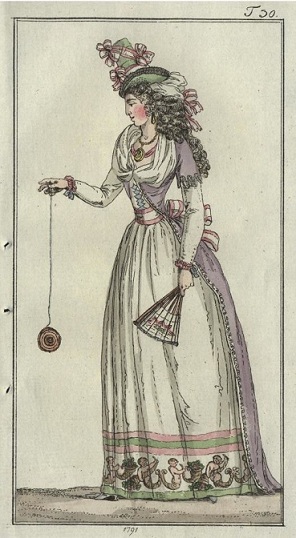

A Brief Discourse on 18th-Century Games, by M. Richard Tully, Ballendalloch Press (Google for various sellers)
The Merry Gamester or Games Through The Ages, by Walter Nelson
The Village Gamester, by Jon Truitt, Nova Anglia Press (available through Amazon)
A Short Treatise on the Game of Whist, Edmond Hoyle 1750
An epitome of Hoyle: with Beaufort and Jones’s Hoyle improved (1791)
Colonial Virginians at Play, Jane Carson (1989)
The Game of Loo (Loo is a very much simpler form of whist, more a game for gambling. This website describes the rules for loo and a number of other games as well.)
History of Mother of Pearl Gaming Chips (the history of betting fish and other gaming chips)
Thomas Rowlandson, “A Gambling Table at Devonshire House,” 1791
Chardin, “The House of Cards,” about 1736-37
Links to Period Objects and Illustrations from “18th Century Notebook” Website: Gaming Equipment, Playing Cards and Card Games, and Toys
Flying Kites – references and pictures